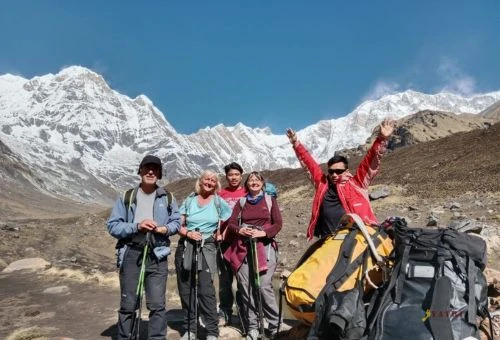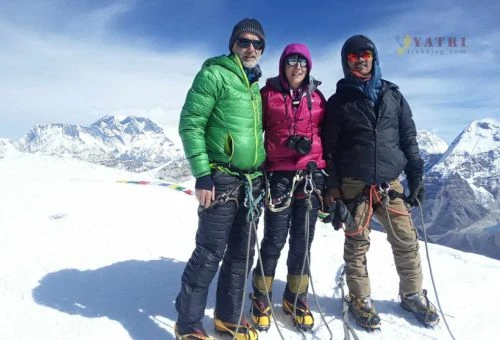Tucked in the Heart of the Himalayas: Where is Annapurna Conservation Area?
The Annapurna Conservation Area lies in the heart of central Nepal, stretching across five districts—Myagdi, Lamjung, Mustang, Manang, and Kaski. It covers over 7,600 square kilometers, making it the largest protected area in Nepal. Most trekkers enter from Pokhara or Besisahar, depending on their chosen route. The region surrounds the Annapurna mountain range and includes iconic peaks like Annapurna I, Machhapuchhre (Fishtail), and Dhaulagiri. The area's location provides easy access to both short treks and long adventures, making it one of the most popular trekking destinations in Nepal. With its mix of high mountains, deep valleys, and traditional villages, the Annapurna Conservation Area is a must-visit for nature lovers and trekkers alike.
Nature and Culture Side by Side: What Makes Annapurna So Special?
Annapurna Conservation Area is not just about high peaks—it's about everything in between. The landscapes here shift dramatically as you move through different altitudes, from lush forests to alpine meadows to dry, desert-like terrain in Upper Mustang. This variety supports hundreds of plant species, birds, and rare animals like the snow leopard and Himalayan blue sheep. But it's not just about nature. Annapurna is home to many ethnic communities, including Gurung, Magar, Thakali, and Tibetan people, each with their own traditions, languages, and festivals. You’ll pass through villages with stone houses, prayer flags, and ancient monasteries. It’s a place where rich culture meets breathtaking nature.
Top Highlights You Shouldn't Miss in Annapurna Region
The Annapurna region in Nepal is one of the most spectacular trekking destinations in the world, offering breathtaking mountain views, rich cultural encounters, and a variety of trekking routes suited for every traveler. Whether you are trekking the Annapurna Circuit, heading to Annapurna Base Camp (ABC), or exploring hidden gems like Upper Mustang, this region never disappoints. Here are the top highlights in the Annapurna region you absolutely shouldn’t miss.
1. Poon Hill – Sunrise Over the Himalayas
If you’re looking for one of the best sunrise views in the Himalayas, Poon Hill (3,210m) should be on your list. Located near Ghorepani, this short hike rewards trekkers with a panoramic view of the Annapurna and Dhaulagiri ranges glowing in the golden rays of the morning sun. It’s an ideal choice for beginner trekkers or those with limited time.

👉 Related trek: Ghorepani Poon Hill Trek - 9 Days
2. Muktinath – A Sacred Himalayan Pilgrimage
At an altitude of 3,710 meters, Muktinath is not only a spiritual hub for both Hindus and Buddhists but also a scenic paradise. Surrounded by snow-capped peaks and arid landscapes, it offers a mix of spirituality and natural beauty. Pilgrims believe that visiting Muktinath brings liberation (Moksha).
For trekkers, Muktinath falls along the Annapurna Circuit Trek, making it a culturally enriching stop.
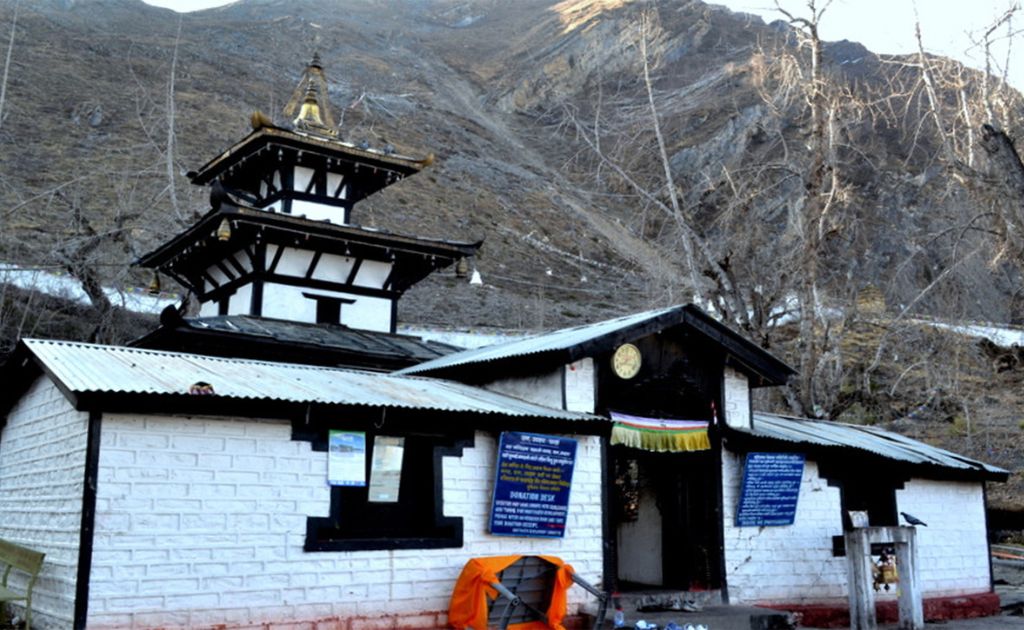
👉 Explore the Annapurna Circuit Trek: Annapurna Circuit with Tilicho Lake - 18 Days
3. Thorong La Pass – Conquer One of the World’s Highest Passes
Crossing Thorong La Pass (5,416m) is one of the most exhilarating moments ofthe Annapurna Circuit. The pass offers incredible views of snow-draped peaks and deep valleys. While challenging, this section is a highlight for any serious trekker. The sense of achievement when you stand at the top is unforgettable.

Tip: Make sure you acclimatize properly and plan your trek during the best season (Spring or Autumn).
4. Upper Mustang – The Last Forbidden Kingdom
If you crave adventure beyond lush green hills, Upper Mustang is your answer. Often called the “Last Forbidden Kingdom,” Upper Mustang boasts dramatic barren landscapes, ancient caves, and a deep-rooted Tibetan culture that has remained untouched for centuries. The region is a restricted area, requiring a special permit, which makes it even more exclusive.
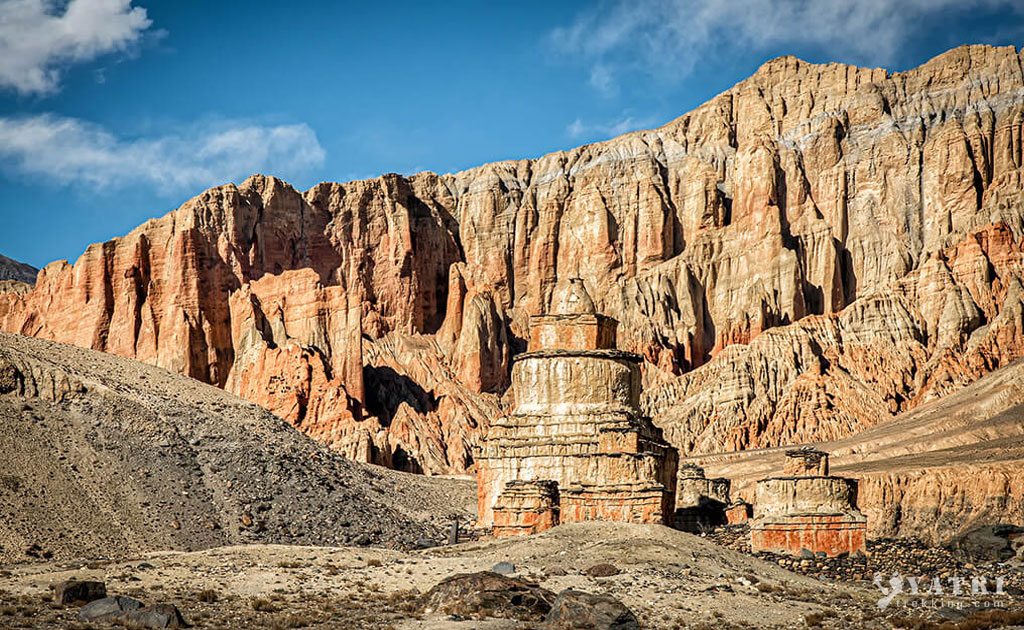
👉 Learn more: Explore Koncholing Cave Upper Mustang Trek - 19 Day
5. Annapurna Sanctuary – A Hidden Natural Amphitheater
Also known as Annapurna Base Camp (ABC), this trek takes you deep into the heart of the Annapurna range. Standing in the Annapurna Sanctuary, a natural amphitheater surrounded by towering peaks, feels like stepping into a secret Himalayan world. From here, you can admire Annapurna I (8,091m), Machhapuchhre, and several other iconic peaks up close.
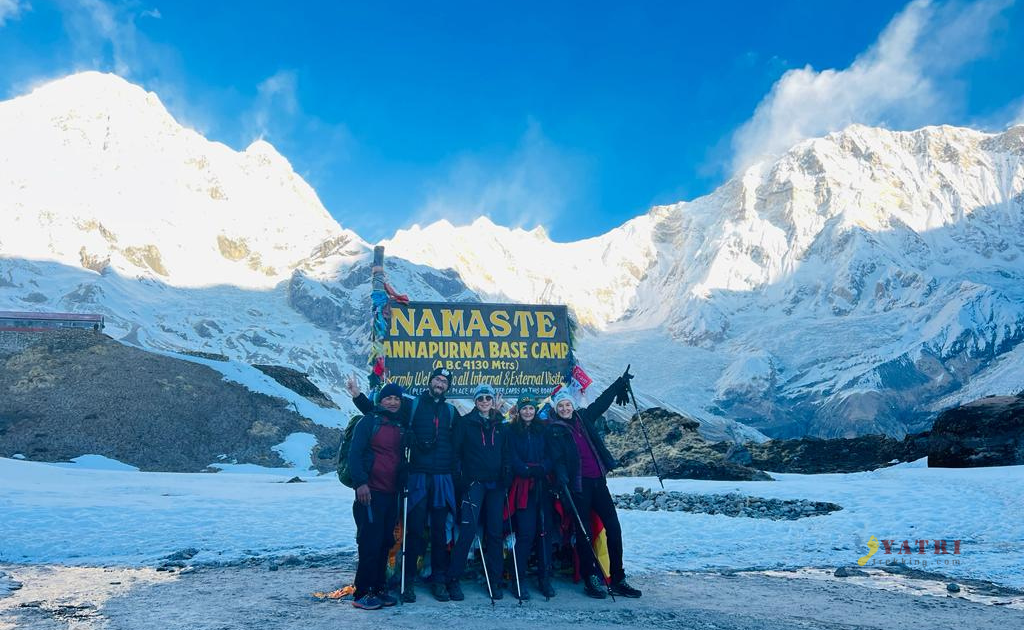
👉 Related Package: Annapurna Base Camp Trek - 13 Days
6. Mt. Machhapuchhre – The Iconic Fishtail Peak
Known as the “Fishtail Mountain,” Machhapuchhre (6,993m) is one of the most photogenic peaks in Nepal. It is considered sacred and is off-limits to climbers, which adds to its mystique. You’ll spot this sharp, fishtail-like peak from various points during your Annapurna adventure, especially on the ABC Trek and Mardi Himal Trek.
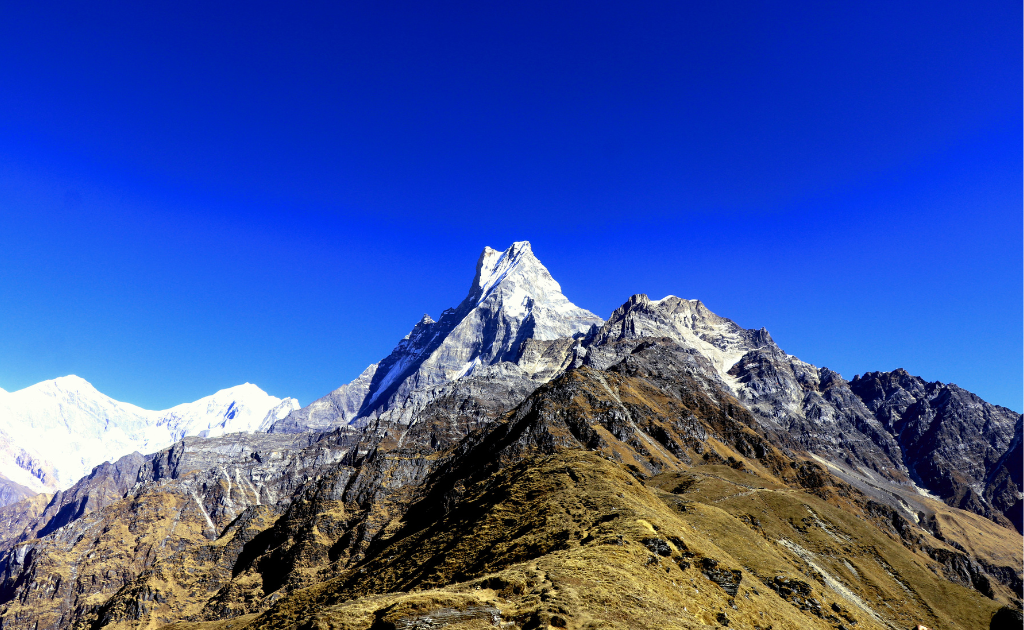
7. Tilicho Lake – One of the World’s Highest Lakes
Sitting at an altitude of 4,919 meters, Tilicho Lake is a turquoise jewel high in the mountains. Reaching this lake requires a detour from the main Annapurna Circuit route, but the experience is absolutely worth it. The reflections of surrounding peaks on the lake make it a photographer’s dream.

👉 Check this trek: Annapurna Circuit with Tilicho Lake
Best Trekking Routes Inside Annapurna Conservation Area
The Annapurna region is full of trekking options, whether you're looking for a short hike or a multi-week journey. The Annapurna Circuit Trek is the most famous—it circles the entire Annapurna range, crossing Thorong La Pass and passing through diverse climates and villages. The Annapurna Base Camp Trek leads into the heart of the mountains and is shorter but still stunning. For those short on time, the Ghorepani-Poon Hill Trek is a favorite, especially for beginners. The Mardi Himal Trek is gaining popularity for being quieter and offering beautiful views of Machhapuchhre. Each trail offers something different, whether it’s landscapes, culture, or challenge. And the best part? You can customize routes based on your time and fitness level.
More Than Trekking: Unique Things to Do in Annapurna Region
While trekking is the main reason people visit, the Annapurna region offers much more. In villages like Ghandruk or Marpha, you can join cooking classes, try local apple wine, or stay in a family-run homestay. Pokhara, the main gateway, is a great place to relax with yoga, meditation, or a peaceful boat ride on Phewa Lake. You can also visit monasteries, attend local festivals, or volunteer in community projects. For photographers and nature lovers, birdwatching and exploring hidden waterfalls are also rewarding. These activities offer a deeper connection with the region beyond the trails and let you experience the lifestyle of the local people.
Permits and Rules You Need to Know
To trek in the Annapurna region, you need two permits: the ACAP (Annapurna Conservation Area Project) Permit and the TIMS (Trekkers’ Information Management System) Card. These are easy to get from Kathmandu or Pokhara, or your trekking agency can arrange them. The ACAP permit helps with conservation and local development. You should also follow simple rules like not littering, respecting wildlife, and dressing modestly in villages. Since the region is protected, it’s important to stick to marked trails and avoid damaging the environment. Hiring a guide or porter is not just helpful—it’s also a way to support the local economy and ensure a safer trek.
What to Pack for Annapurna Trekking
Packing smart can make or break your trip. The weather changes quickly in the mountains, so bring layers: a good down jacket, fleece, thermal wear, and waterproof outerwear. Comfortable hiking boots, trekking poles, and a headlamp are musts. Don't forget sunscreen, sunglasses, and lip balm—UV rays are strong at altitude. A refillable water bottle and purification tablets will keep you hydrated safely. If you’re going to high altitudes like Thorong La or Tilicho Lake, consider carrying altitude medication (after checking with a doctor). Lightweight snacks, a power bank, and a basic first-aid kit will also come in handy.
When to Go: Best Seasons for Annapurna Adventures
| Season | Months | Highlights | Considerations |
|---|---|---|---|
| Spring | March – May | Mild weather, blooming rhododendrons, clear trails | Popular season, moderate crowds |
| Autumn | September – November | Clear skies, crisp mountain views, ideal conditions | Most popular season, book early for accommodation |
| Winter | December – February | Quiet trails, peaceful lower-elevation treks | Very cold at higher altitudes, some passes may close |
| Summer/Monsoon | June – August | Lush greenery, fewer trekkers | Heavy rains, slippery trails, limited mountain views |
Helpful Tips for a Better Trekking Experience
Start slow and allow your body time to adjust to the altitude. Drink lots of water, avoid alcohol, and eat light meals to stay energized. Hiring a guide or porter not only makes your trek easier but also gives you a richer experience through local stories and safety support. Always carry some cash, as ATMs are rare in remote villages. Learn a few Nepali words—it goes a long way in making friends along the trail. Lastly, respect local customs, remove your shoes before entering homes or temples, and always greet people with a friendly “Namaste.”
Final Words: Why You Should Explore the Annapurna Conservation Area
Annapurna Conservation Area is more than just mountains—it's a journey through nature, culture, and community. Whether you're climbing toward a high pass, sitting by a sacred lake, or sipping tea in a hillside village, this place has something for every kind of traveler.
Planning your adventure? Check out our Annapurna trekking packages or contact us for a customized itinerary that fits your preferences and fitness level. With the right planning, gear, and guidance, your trek can be safe, rewarding, and life-changing. At Yatri Trekking, we’re here to help you experience the very best of Annapurna with trusted guides, personalized itineraries, and local insights. Let us take you on a journey you’ll never forget.


.webp)
